Photo sharing is not confined to the web and personal computers, but is also possible from portable devices such as camera phones, using applications that can automatically transfer photos as you take them, to photo sharing sites and photoblogs, either directly or via MMS. Some cameras now come equipped with wireless networking and similar sharing functionality themselves.
Desktop photo management applications may include their own photo-sharing features or integration with sites for uploading images to them. There are also desktop applications whose sole function is sharing photos, generally using peer-to-peer networking. Basic photo sharing functionality can be found in applications that allow you to email photos, for example by dragging and dropping them into pre-designed templates.
In return for a fee, subscription-based photo sharing sites offer their services without the distraction of advertisements or promotions for prints and gifts. They may also have other enhancements over free services, such as guarantees regarding the online availability of photos, more storage space, the ability for non-account holders to download full-size, original versions of photos, and tools for backing up photos. Some offer user photographs for sale, splitting the proceeds with the photographer, while others may use a disclaimer to reserve the right to use or sell the photos without giving the photographer royalties or notice.
Photo sharing sites usually propose several ways to classify images. Most sites propose at least a taxonomy where images can be grouped within a directory-like structure in so-called "galleries". Some sites also allow users to classify images using tags to build a folksonomy. Depending on the restrictions on the set of users allowed to tag a single document and the set of tags available to describe the document, one speaks about narrow and broad folksonomies. A folksonomy is broad when there is no restriction on the set of taggers and available tags. When there are limitations, the folksonomy is called narrow. Another mechanism is coupling taxonomy and folksonomy, where tags associated to galleries and artists are cascaded to the galleries and artist's pictures. Broad taxonomies have interesting properties like the power law.
A variation on the peer-to-peer model is peer-to-browser, whereby images are shared on one PC with the use of a local (on the host computer) software service (much like peer-to-peer) but made available to the viewer through a standard web browser. Technically speaking, this may still be described as peer-to-peer (with the second peer being a web browser) but it is characteristically different as it assumes no need to download peer software for the viewer. Photos are accessed by regular URLs that standard web browsers understand natively without any further software required. Consequently, photos shared in this way are accessible not only to users who have downloaded the correct peer software (compatible with the software in use by the sharer).
Subscribe to:
Post Comments (Atom)







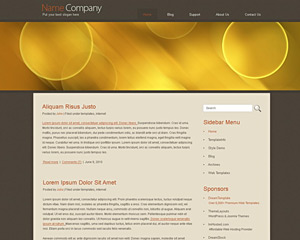




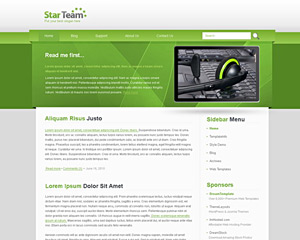
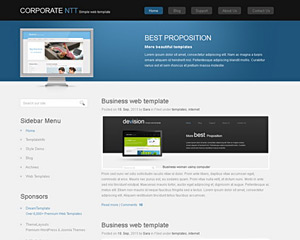
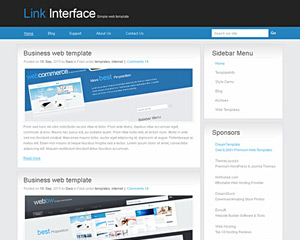

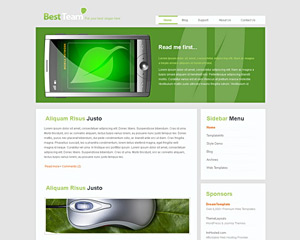
No comments:
Post a Comment